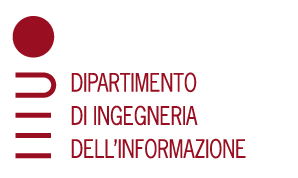Maurizio Corbetta is Chair of Neurology and Full Professor of Neurology at the Department of Neuroscience, University of Padova, Italy. He received his medical degree from the University of Pavia in 1985 and then completed his postdoctoral and residency training at the University of Verona. He then moved to Washington University in St. Louis in 1992 for a fellowship in neuro-imaging and cognitive neuroscience, and rounded out his training with an internship and residency at Barnes-Jewish Hospital. He joined the faculty as an assistant professor of neurology in 1996, was named head of stroke and brain injury rehabilitation in 2002, and three years later became a professor in three departments: Neurology, Radiology, and Anatomy and Neurobiology. In 2016 he moved from Washington University to University of Padova. Prof. Corbetta is internationally known for his multidisciplinary research on the neural basis of human cognition and the neurological mechanisms underlying stroke recovery. He is a member of several professional societies and has received many honors for his work, including the J.S. McDonnell Foundation Award in Cognitive Sciences, the Marie Curie Chair in Cognitive Neuroscience from the European Union, the Norman Geschwind Award in Behavioral Neurology from the Academy of Neurology, and the outstanding Clinician-Scientist Award from the American Society of Neurorehabilitation. He published more than 150 peer-reviewed publications and 30 reviews. 27 of these papers have been cited more than 300 times. Prof. Corbetta has been nominated ‘Highly Cited Researcher’ by Thompson Reuters in the decade 2002-2012. This honor is shared with only 128 researchers worldwide in the field Neuroscience/Behavior.
The brain is organized as a network of connections between nerve cells. Recent advances in functional neuroimaging show that large scale connections are organized in networks of brain regions. These networks are visualized at rest and surprisingly resemble networks recruited by common behaviors. An important question is the relationship between spontaneous and task-driven activity, not just at the level of topology, but also information patterns, and dynamics. I will argue that spontaneous activity patterns reflect the statistical history of co-activation, and represent the ensemble of possible brain states driven by behavior. In this regards, spontaneous activity patterns represent spatiotemporal priors for task patterns, which explains why abnormalities of brain networks at rest relate to behavioral deficits. In the second part of my talk I will show that focal lesion can cause specific patterns of brain network abnormalities that relate to behavioral deficits and recovery. These patterns represent a simplification of entropy of neural states. I will argue that treatments of brain disorders should focus on treating not only behavior but also abnormal information patterns.






